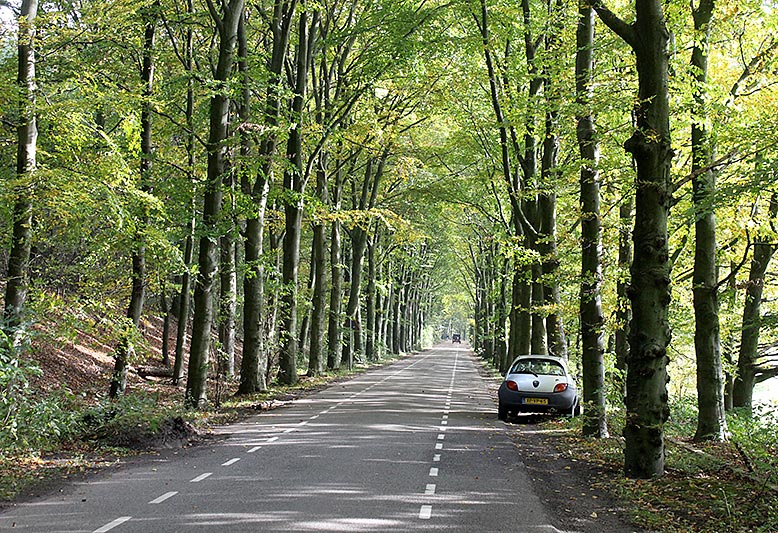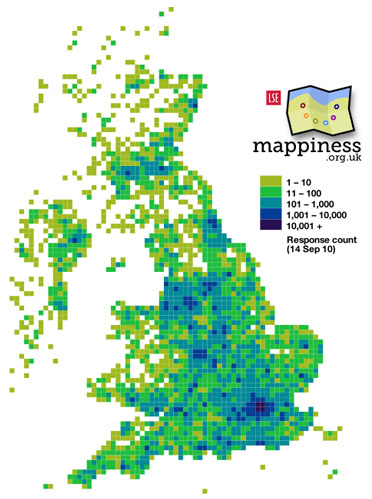During a walk in the banlieue of Paris, the landscaper Bernard Lassus and the philosopher Massimo Venturi Ferriolo rediscovered the ability to perceive and construct a landscape, combining environmental awareness with identity and memory.
During that walk, they detected and revealed a collection of small gardens built by inhabitants in their own few square meters. Those gardens are imaginary and comfortable places pleasant to the spirit. Here, the ‘underdogs’ of the contemporary city dream ‘landscapes’ and interpret them with the few resources they have available. The basis of these small works is the desire for creation and invention, together with the need for a space in which people can fix their own imagination, i.e., modeling their own spaces according to their imagination and dreams.
The inhabitants of the banlieue are unconscious and habitual ‘builders of landscape’ such as Edoardo and Carlotta, characters of Goethe’s Elective Affinities. The small gardens are representation and also sign of human intervention. They are physical and abstract places, full of meanings. Projections and instinctive memories are realized there. These spaces are real places, which can be pictured and ‘measured’ with a project, but they are also intangible and not really computable. They are both relations places and representation places. The small gardens are first dreamed and then made.
The public spaces, such as parks, gardens and squares are complex translation of a landscape. In Architecture, the landscape is an artistic interpretation like it occurs in the cinema, in the literature and in the arts in general. The seamless and disjointed patchwork of the contemporary city makes a complex relationship between what gives the above-mentioned identity and what doesn’t. This patchwork enhances superficiality and makes the landscape similar to the reject, the Junkspace theorized by Rem Koolhaas.
“If space-junk is the human debris that litters the universe, Junk-Space is the residue mankind leaves on the planet. The built product of modernization is not modern architecture but Junkspace”.
In a similar context, the voids are support for representation of ‘landscape’, being the land where to create collective identity spaces. The frantic race to complete occupation of territory has left ‘precious’ scars on urbanized land, a Sprawlscape of voids waiting to become something else. These places are Junkspace and Third Landscape. They are ready for new experimentations and new uses but, at first, they are waiting for being recognized. They need originality and relationship with the surroundings, at the same time.
The landscape design may consider the topography; existing signs and paths of perception, but it also have to consider the need for an identity. Besides, the visual stereotypes could be considered too. Finally, the landscape design must talk with the environment, i.e., the population that requires and welcomes it. The ancestral need to redeem anonymous places can be filtered by the (artistic) interpretation of landscape. It is possible to search the main point of view with an “Inventive analysis”, such as Lassus.
“By locating and checking the ‘scale visual and tactile’ and that the site offers, see the parallel memory, place names, stories and local legends, investigate its history. By analysing the existing uses to discover the places that was concealed from the rigors of everyday life and is about to disappear”.
John Dixon Hunt gathers crucial meeting in the work of the French artist, i.e., appearance/reality, exterior/interior, global/local, tactile/visual, horizontal/vertical, and the whole/the part. Thanks to these meetings, it is possible to reveal the ‘claimed stories’ by the same places often mentioned by Wim Wenders, i.e., the hidden stories waiting to be photographed, perceived or simply evoked.
In any world’s banlieue, the street, the square and the sidewalk became residual waste, a mere remaining of the plan self-built by people who, step by step, have shaped an area similar to them. Consequently, voids and buildings exist in flexible relationships and in a spectacular diversity as systems overlapping in total randomness. A sum of residential architectures apparently arranged without any reason left urban voids. These often become not understood, refused, underestimate and deteriorated. The voids and open spaces are an important playground where to play the game of the induced process of upgrading to these suburbs, exporting here the necessary quality of centrality through a representative character. It’s important the ability to listen to these places, the rediscovery of a hidden quality to evoke, – the natural and architectural existing and those subtle relationships that tell a more uncertain relation – sometimes distant, sometimes very close – between people and own landscape.
We can found the identity on the balance between tangible and intangible values, through the aesthetic research which aims to cultivate the differences in a context where the heterogeneity, the “freestyle” and a strong individualistic character (of the landscape and of the population) suggest other topics than cryptic linguistic virtuosity.
We can try ‘compatible’ interventions such as ‘figurative facts’ not only formal, but saturated with lasting value.
We can try devices designed to introduce ethical and aesthetic landscape qualities, which can also put an emphasis on recognition/ responsibility of the people that welcomes them.
The voids of our cities can be thought of as machines built to accommodate extraordinary appropriation by the public, transforming an intimate and reserved landscape, in a place of the collective activities of all kinds, in ‘own landscape ‘, regardless of planning or of the standard technique: large and poetic objects to the free play of imagination.
As the “Third Landscape” is “an area for many species that do not fit elsewhere“, these spaces can be considered the area for many activities, functions, materials, and freedom are incompatible with the consolidated city. This is a unique opportunity for research and enhancement.
For the European Landscape Convention: “There is no landscape without an observer” and the architecture has the role of catalyst and generator of it. The landscape design is primarily a program of awareness, communication and participation. It has the task of producing an aesthetic vision, to direct our gaze to the interpretation of the landscape as a manifestation of the people, claiming the pedagogical role that architecture should be.
Like the cinema, the literature, the poetry, also the architecture relies on the specific elements of their language, an aesthetic judgment on the landscape and, like a two-way relationship, represents a device through which retrace and expand our perception. As Eugenio Turri argues “the cinema depicts a reality that fruition for a large number of people; it provides insights and suggestions that ultimately affect the vision of others and extend so incalculable self-awareness and sense of life”.
In general, the arts push the look ‘beyond the visible’, revealing – often – what would normally is overlooked. Michelangelo Antonioni with its ability to tune into a place always makes the context such as part of a story managing to grasp the ‘specific’.
In the Profession Reporter movie, through movement and character of figures, the director shows a landscape clearly ‘invisible’ on the screen. Watching a context without figures, where there is not any representative character, where there is not landscape, where the wind lifting the dust and deletes even the horizon, the protagonist Locke and his friend Maria said:
Locke: there is a hole in oil pan
Maria (sitting quietly in the car): it is beautiful here, right?
Locke: yes… it is very nice…



